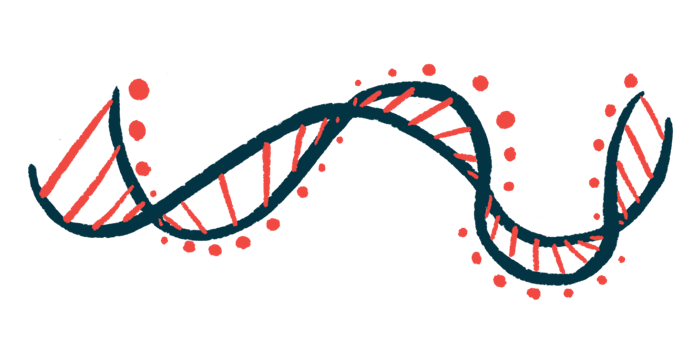Voyager expects FA gene therapy to enter clinical testing in 2026
Company plans to submit investigational new drug application this year

Voyager Therapeutics expects to begin clinical testing of its experimental gene therapy for Friedreich’s ataxia (FA) in 2026.
The company last year announced the selection of its FA gene therapy candidate, which is being developed in collaboration with Neurocrine Biosciences. At the time, Voyager had said it hoped to start clinical testing this year.
Voyager said is working on an investigational new drug application, which is a formal request to the U.S. Food and Drug Administration (FDA) asking for permission to start testing the therapy in people, and expects to submit it to the agency this year.
Voyager and Neurocrine are also collaborating to develop a gene therapy designed to target disorders caused by mutations in the gene that provides instructions to make the GBA1 protein. These include Gaucher disease and Parkinson’s disease. The GBA1 gene therapy is also expected to enter clinical testing next year.
“We continue to thoughtfully and strategically advance our pipeline, including … the FA and GBA1 programs, which are advancing towards INDs [investigational new drug applications] this year,” Voyager CEO Alfred W. Sandrock Jr., MD, PhD, said in a company press release.
Passing the blood-brain barrier
FA is a genetic disorder caused by mutations in the FXN gene, which provides instructions to make a protein called frataxin. The frataxin protein is essential for the function of mitochondria, which are structures in cells that are critical for producing energy. In FA, FXN mutations lead to a lack of functional frataxin protein, disrupting mitochondrial function and ultimately driving disease symptoms.
The overarching idea behind gene therapy for FA is to deliver a healthy version of the FXN gene to the body’s cells, allowing cells to make functional frataxin protein and ultimately normalizing mitochondrial function. Voyager’s experimental gene therapy delivers a healthy copy of this gene using a viral vector, which is a virus that’s been modified to deliver a healthy gene instead of causing infection.
Voyager’s therapy uses a vector created by modifying adeno-associated virus (AAV), which is commonly used as a platform for gene therapies because it’s easy to manipulate in labs and doesn’t usually cause problematic diseases in people. The specific capsid (virus shell) used in Voyager’s vector is able to pass through the blood-brain barrier, a cellular wall that normally prevents viruses and toxins from getting into the brain. Since it can enter the brain, Voyager’s therapy could potentially help address neurological complications of FA.
If the FA and GBA1 gene therapies enter clinical trials next year, and those trials are successful, then Voyager would be eligible for up to $35 million in milestone payments through its deal with Neurocrine. Independent of Neurocrine, Voyager is working to develop two treatments for Alzheimer’s disease.







